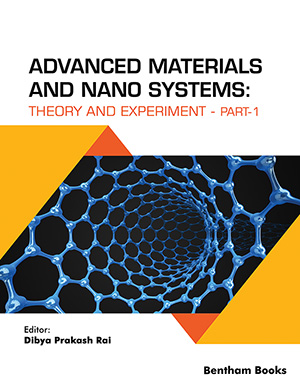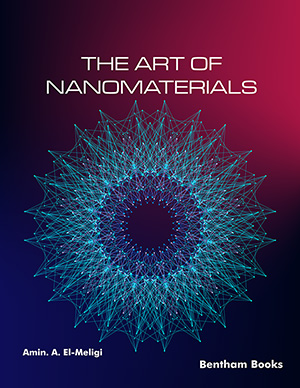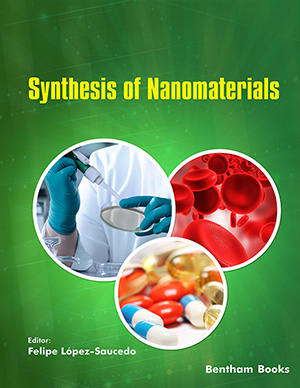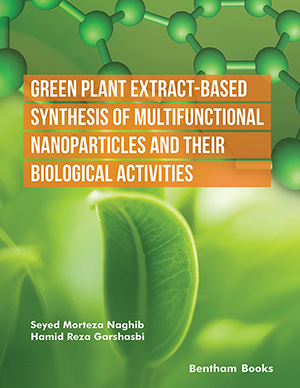Abstract
This revolutionary carbon nanomaterial has the potential to be used in a
wide range of applications. Graphene was discovered to be the first two-dimensional
crystalline carbon nanomaterial, as well as the most flexible, strongest, and toughest.
The widespread application of graphene demonstrates its huge potential in a variety of
industries, along with photovoltaic cells, electrochemical, optoelectronics, electronics,
microelectronics, intelligent gadgets, extensible supercapacitor electrodes, aerospace,
smart sensors, and analytical chemistry. The commercialization of graphene will be
vital to the future of an industrially viable method of producing and processing
graphene. Nanotechnologies based on graphene are gaining prominence in
environmental and energy applications. Graphene has exceptional physicochemical
properties, including high surface area, chemical resistance, heat capacity, mechanical
characteristics, and charge transport. It might be used in environmental remediation,
water purification, and desalination filters, as an electrocatalyst for contamination
sensing. A broad literature collection will also be provided on graphene technology,
including graphene characteristics, production processes, and uses. Graphene is the
most popular carbon-based material, with excellent unique advantages such as high
electrical conductivity, high tensile strength, high thermal conductivity, high carrier
mobility, and transparency, making it a compelling candidate for a variety of
applications such as sensors, transistors, energy storage, water purification membranes,
solar cells, and elastomers. Although development in graphene-based nanomaterials for
devices is encouraging, certain important issues such as long-term stability, toxicity,
and environmental impacts remain unresolved. In this chapter, we assess recent
advances in graphene research and applications and also attempt to predict where the
field might go in the future.
Keywords: Carbon nanomaterial, Environmental remediation, Energy conversion, Graphene-Based nanotechnologies.






















